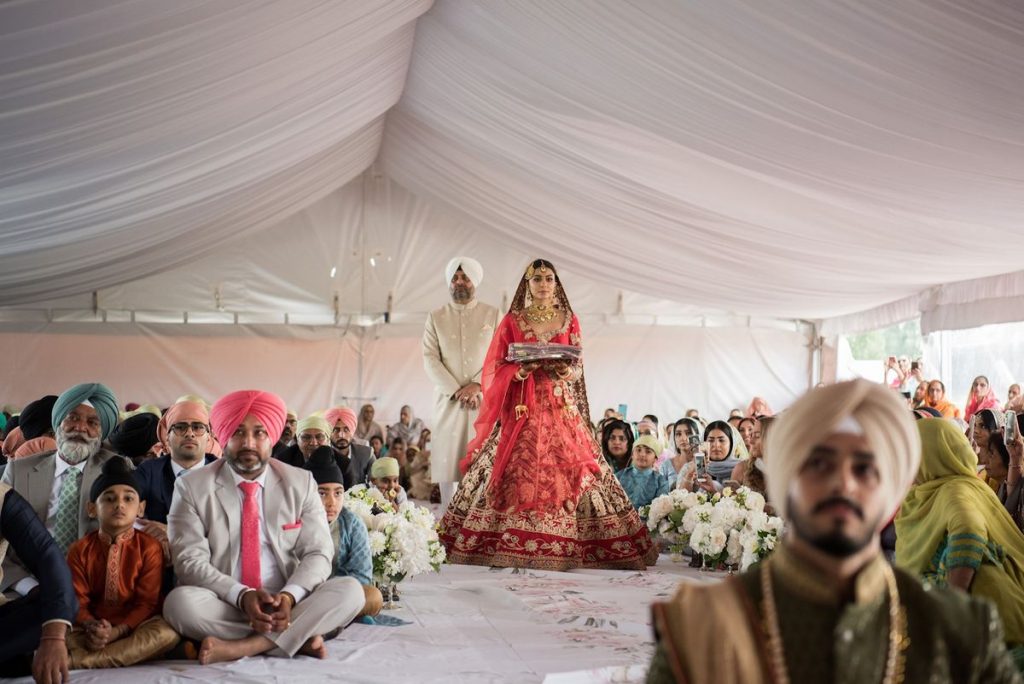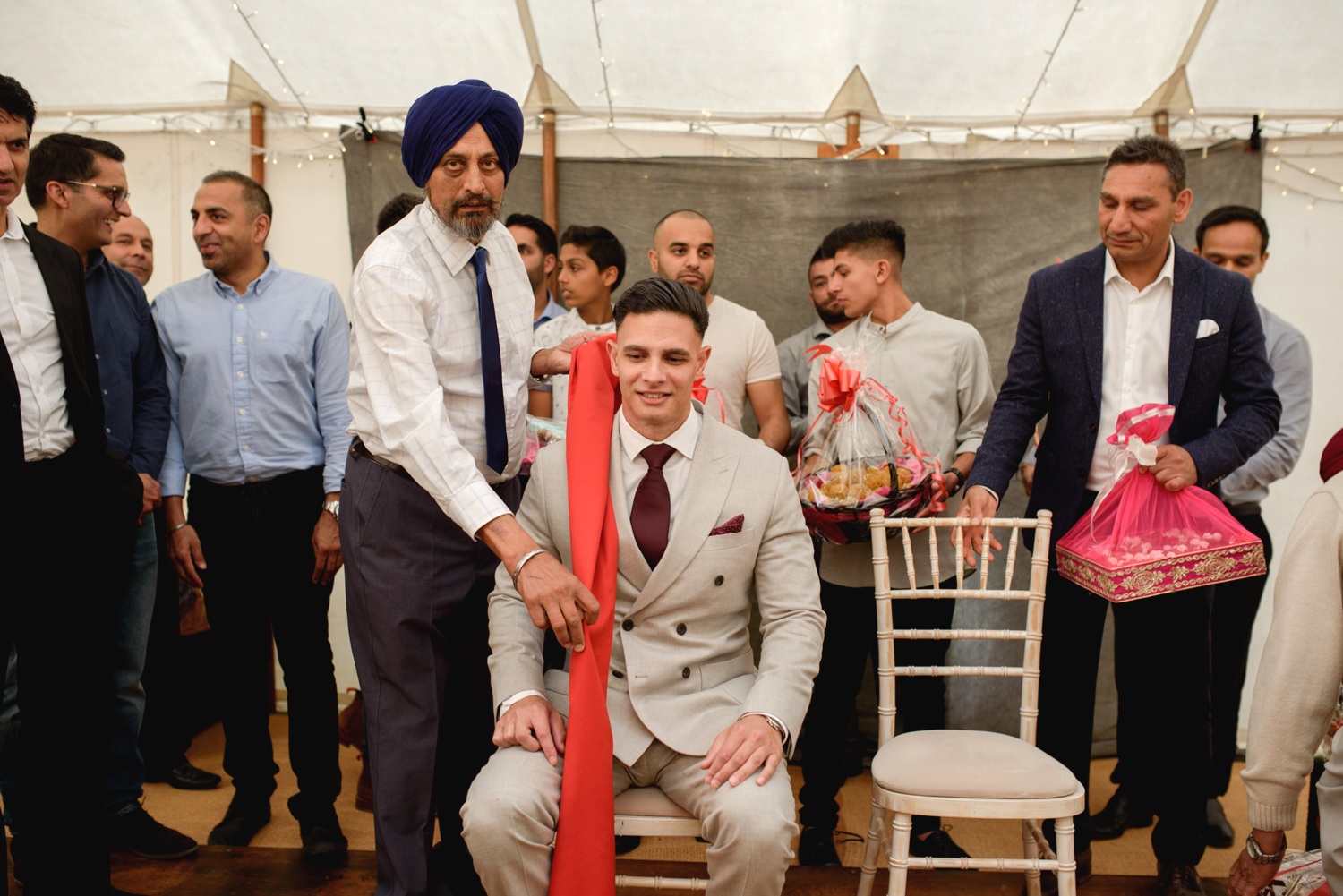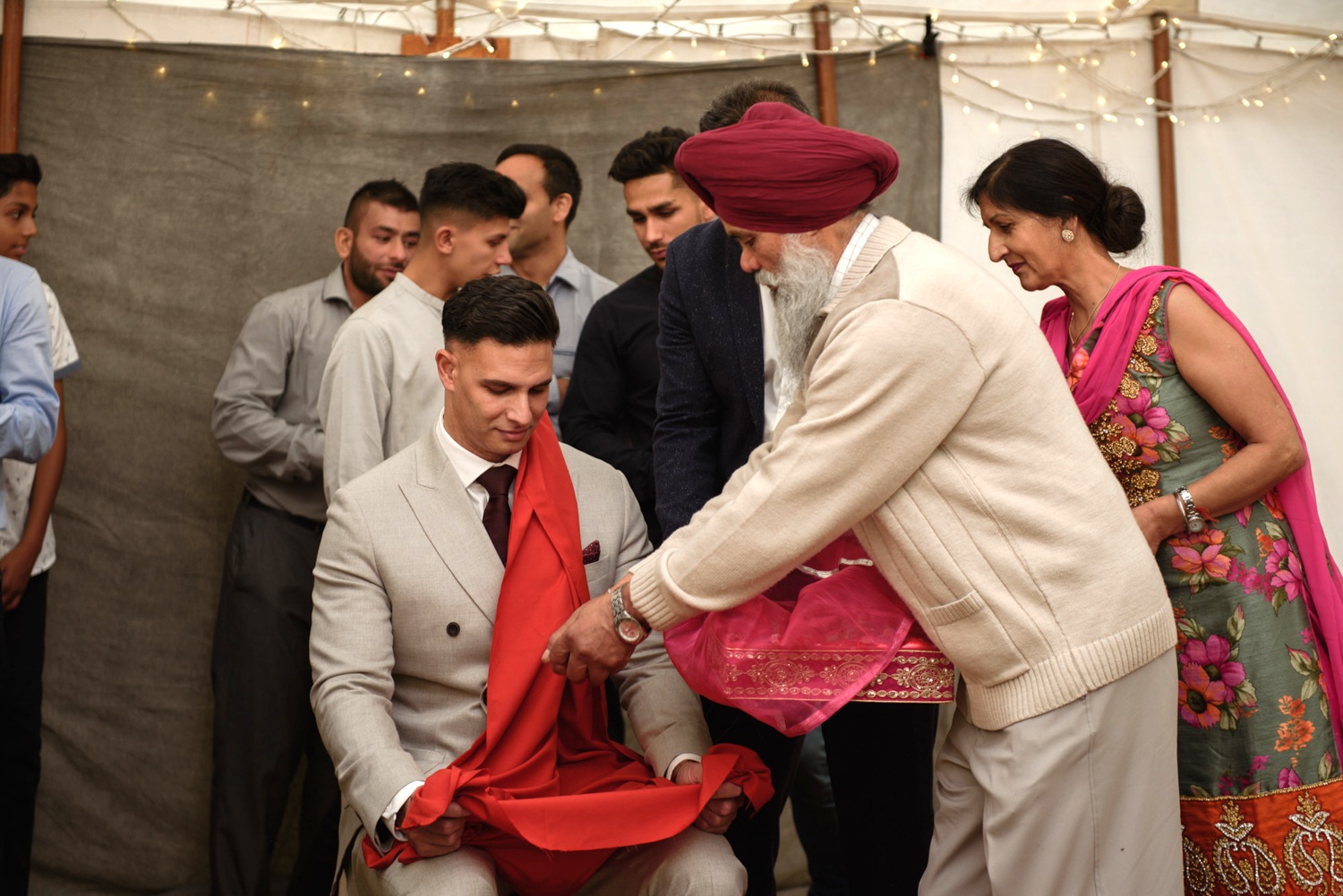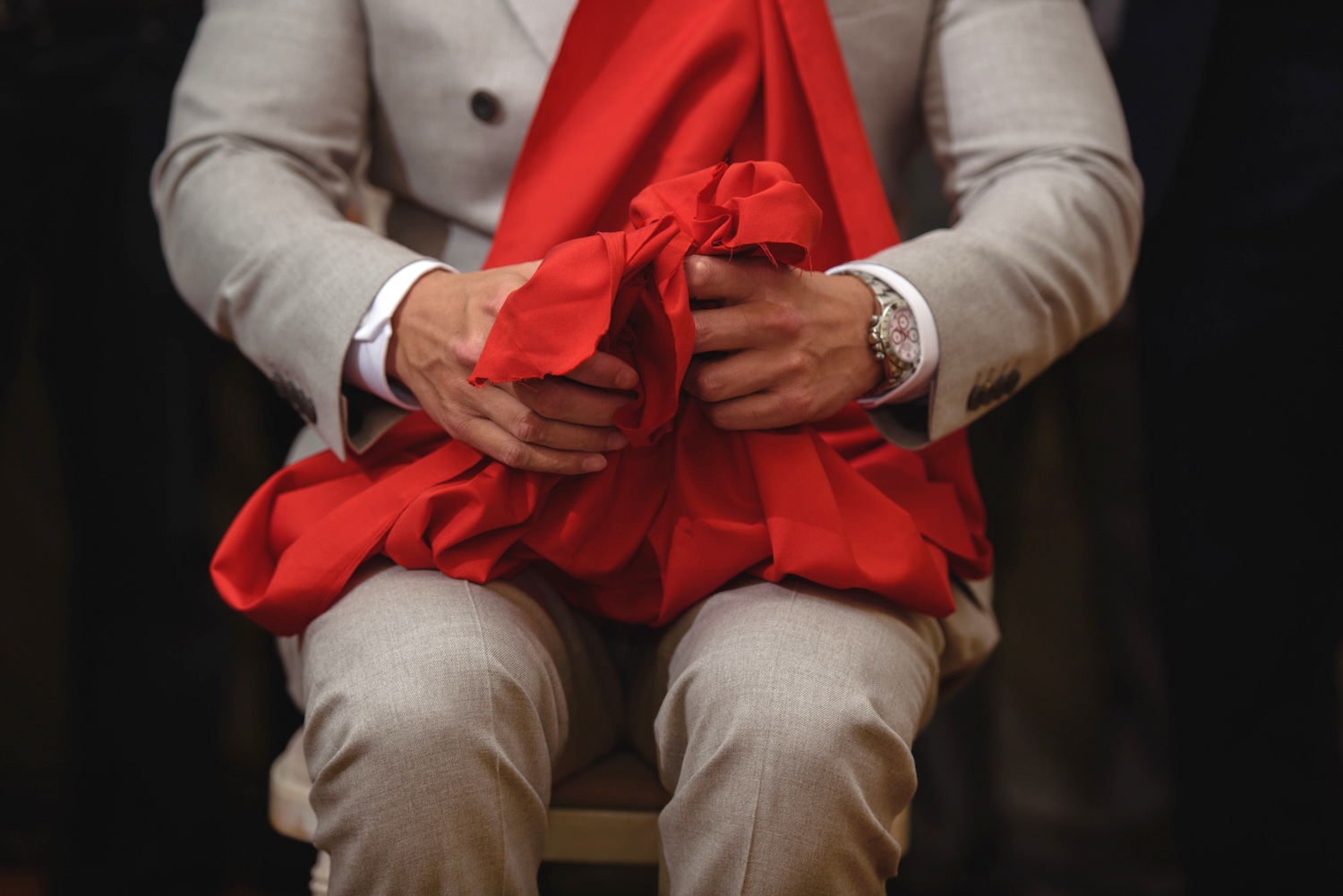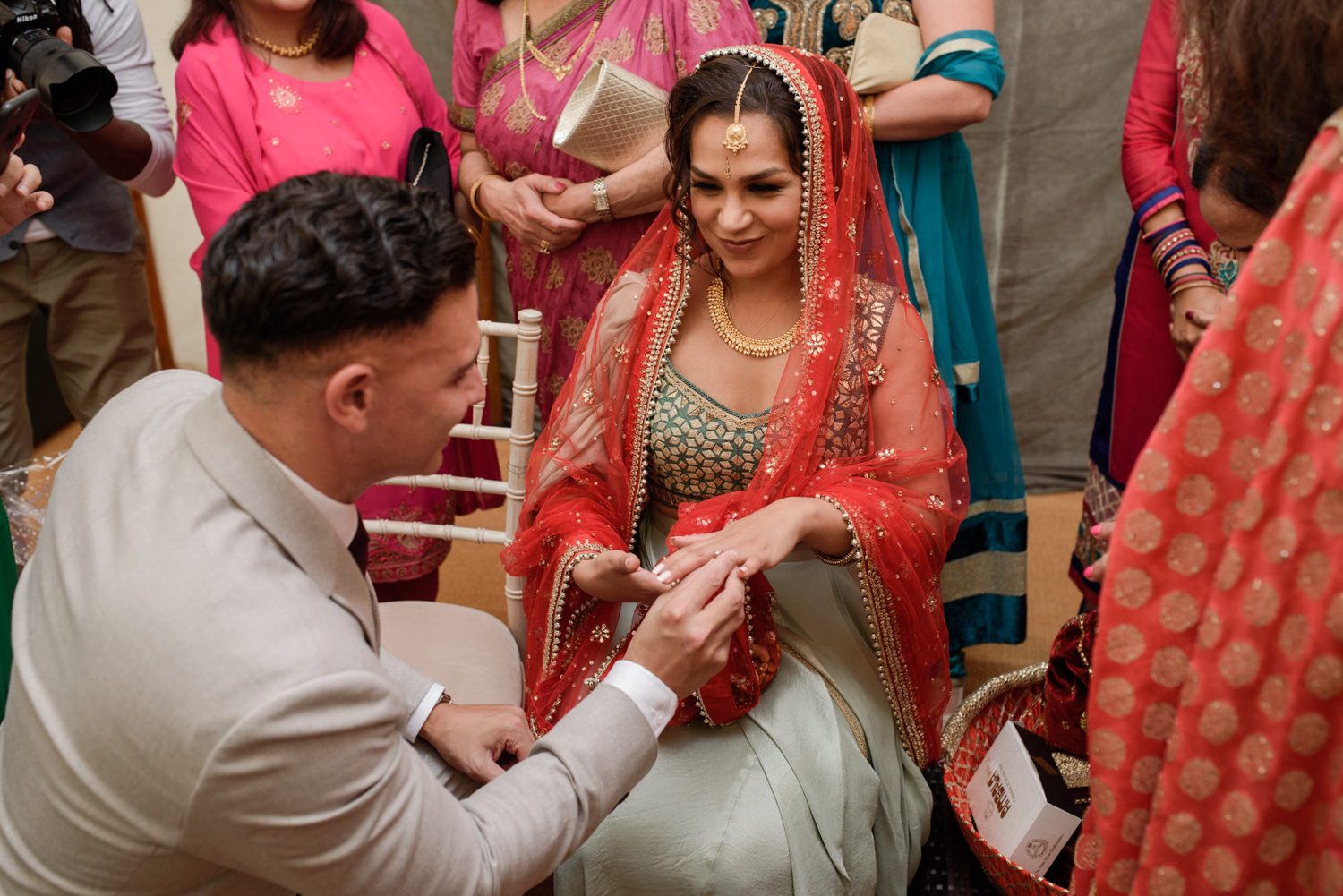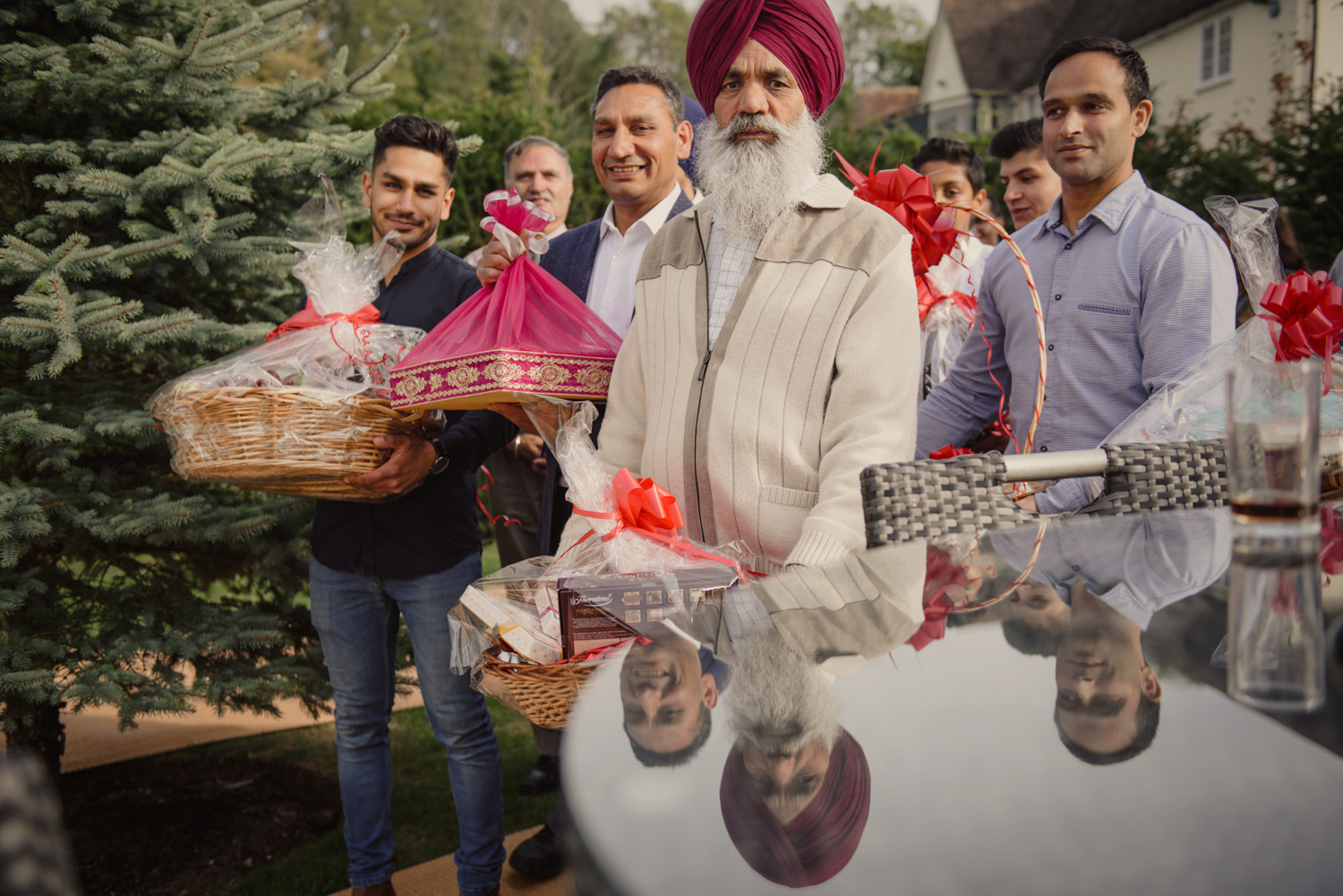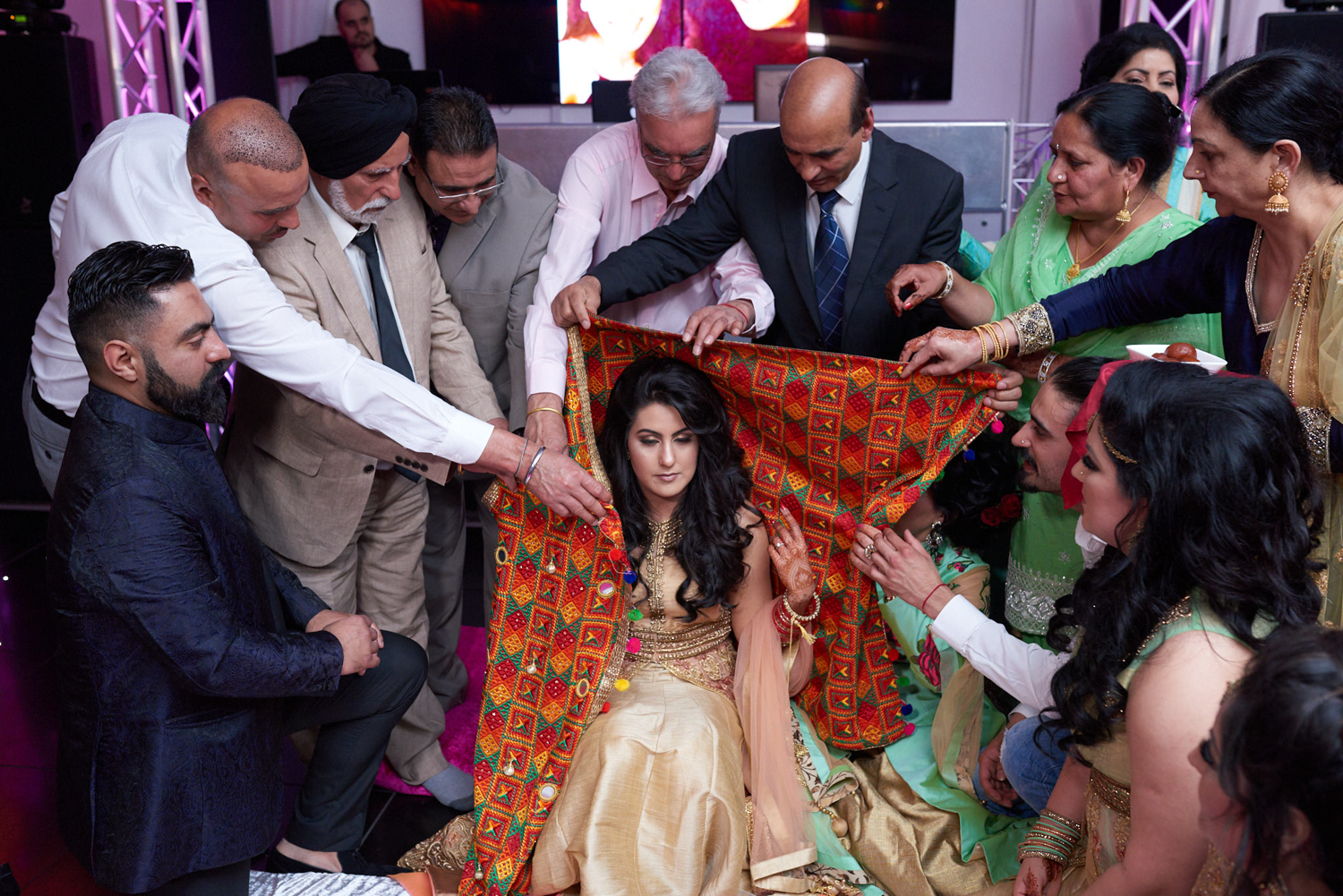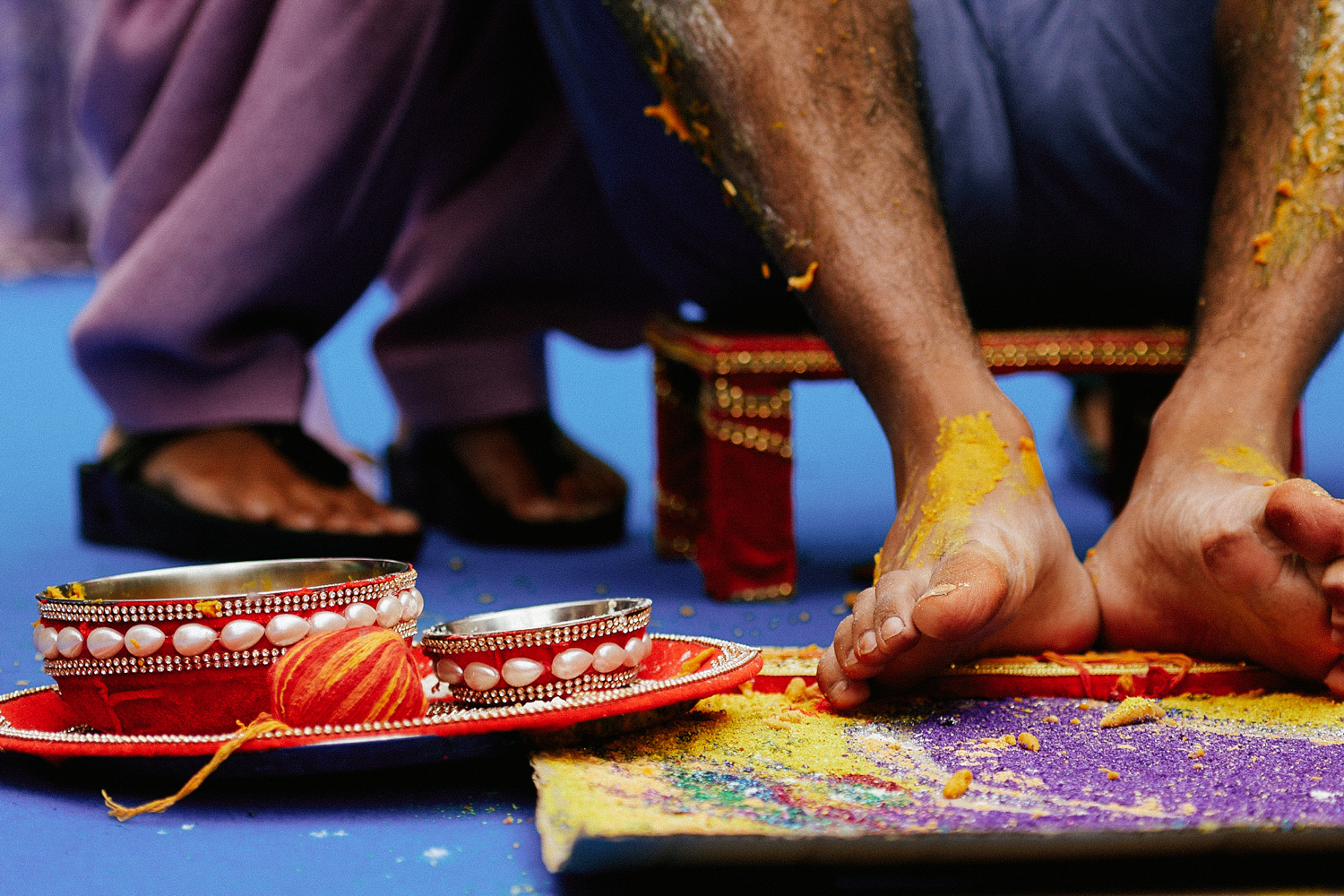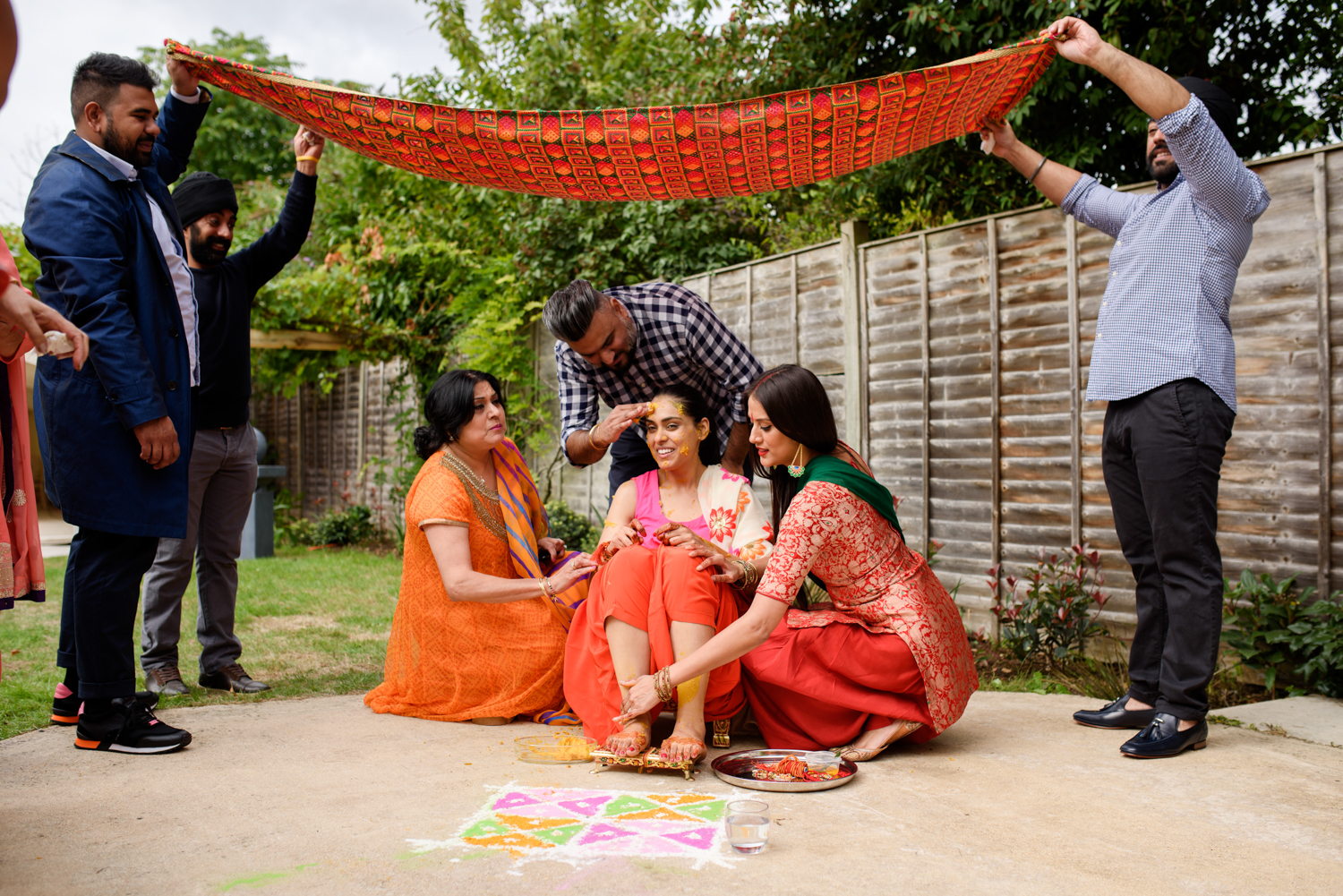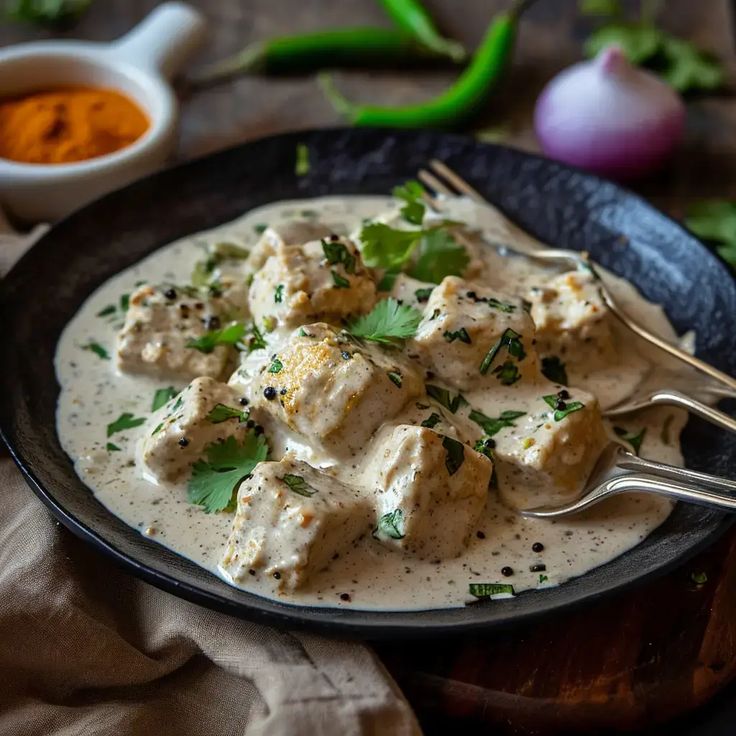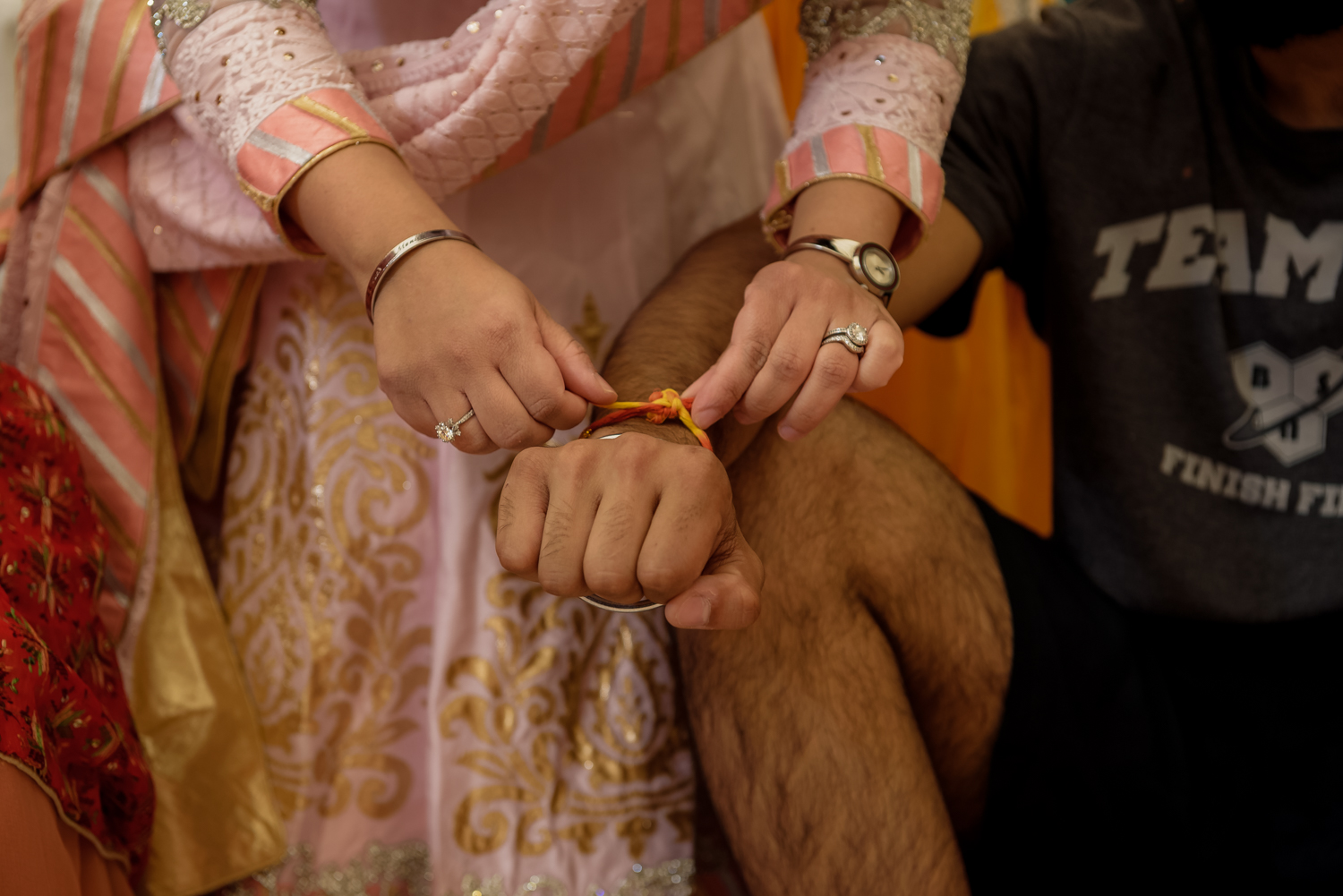The Sikh Marriage Ceremony
In Sikhism, the Sikh marriage ceremony is known as the ‘Anand Karaj’ meaning ‘Blissful Union’. The four Lavan, (the hymns which are sung during the ceremony) were composed by Guru Ram Das. The ceremony itself was first introduced by his predecessor Guru Amar Das.
Sikh weddings pre and post wedding ceremonies can span over several days.


